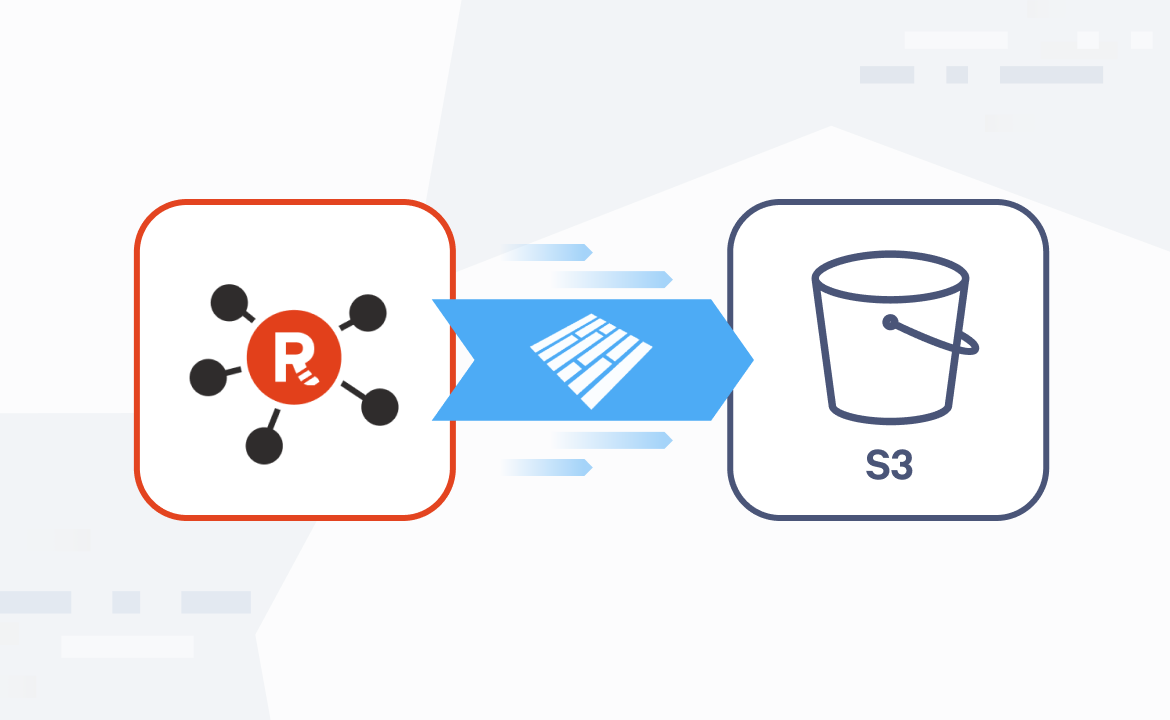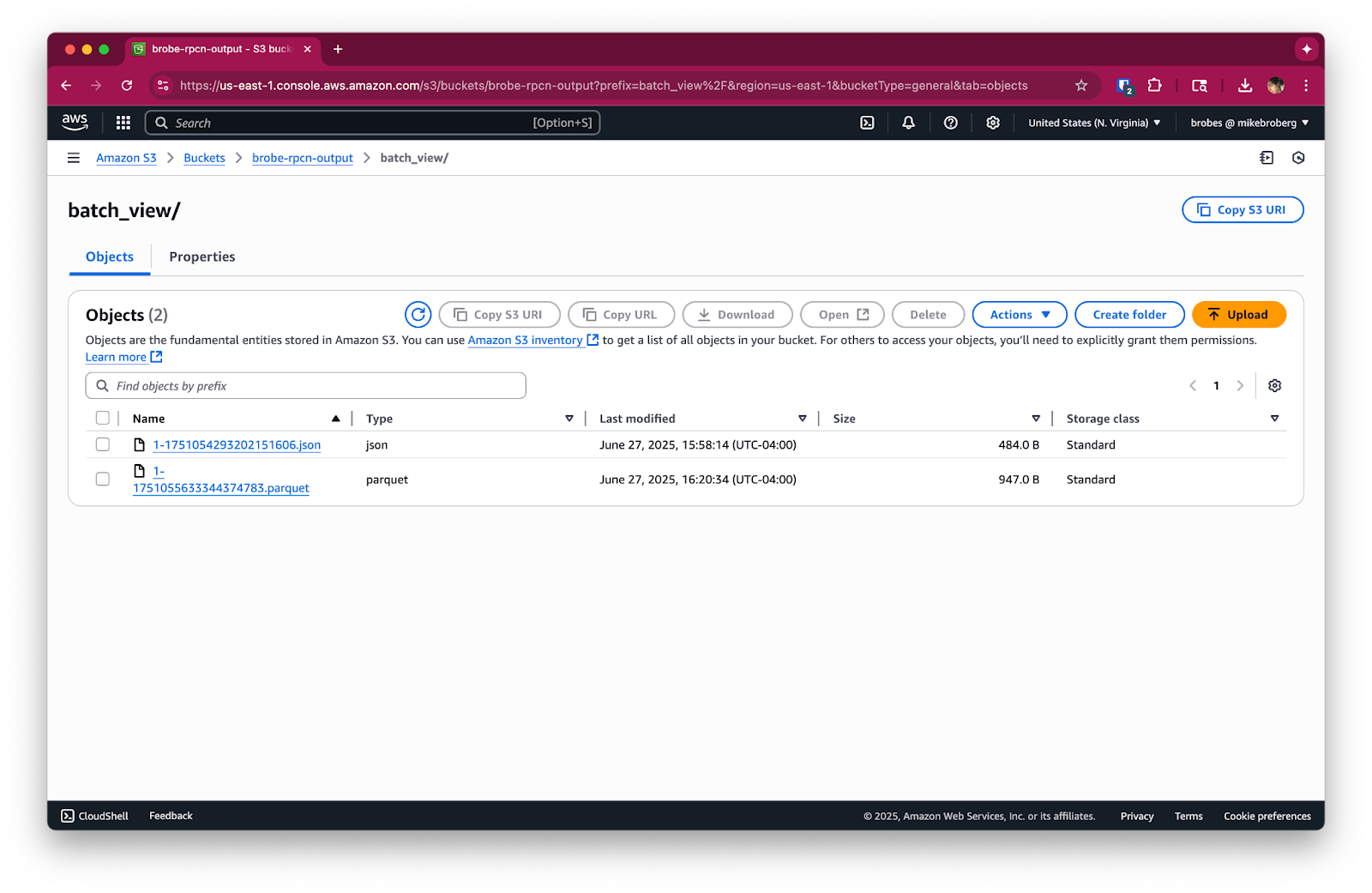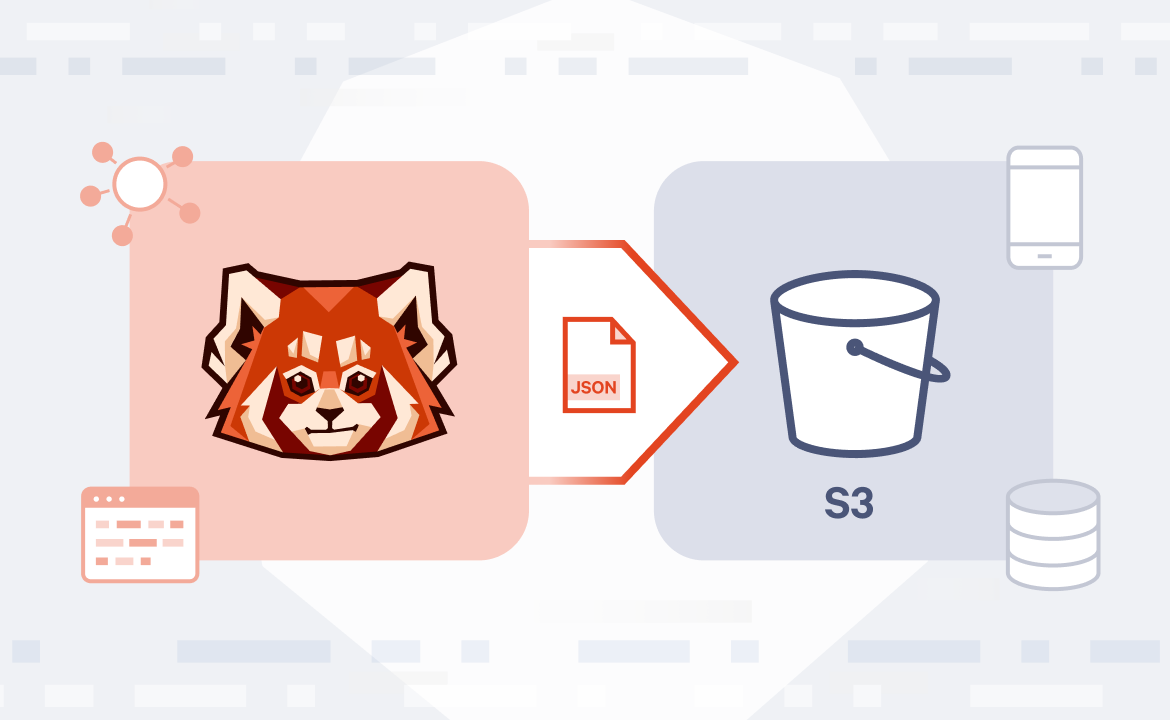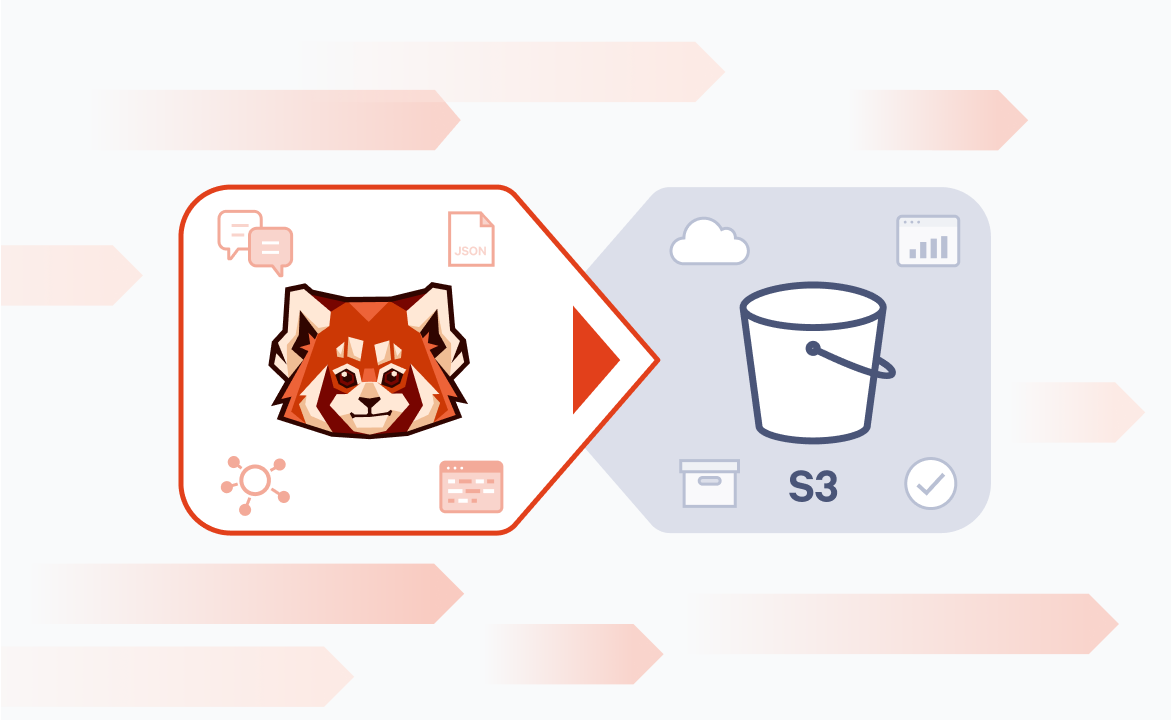
Streaming optimized data to S3 for analytics with Parquet
How to feed analytics systems from Redpanda using clean, compressed Parquet files in S3

So far, we’ve covered how to export streaming data from Redpanda into S3 using JSON: first as individual files, then as efficient batches. But when it comes to analytical workloads, JSON can only take you so far.
If you’re planning to run queries with Apache Spark™, load data into Athena, or build dashboards that scan millions of rows, you’ll want something built for the job.
That’s where Apache Parquet comes in. Parquet is a binary, columnar format designed for analytics. It compresses well, loads quickly, and works with most data tooling out of the box.
Redpanda Connect can directly encode your streaming data into Parquet files. This lets you have a single data stream in Redpanda that serves multiple purposes — like JSON for web applications and Parquet for data analytics.
In part four of this S3 series, we’ll walk through:
- Reading messages from a Redpanda topic
- Encoding batches into Parquet format
- Writing Parquet files to S3 with compression
Assuming you’ve been following this series, you should have already deployed a Redpanda Serverless cluster and created a topic called clean-users. (If not, see part one on Bringing Data from S3 into Redpanda Serverless before continuing).
Streaming data to S3 for analytics with Parquet
If you’re a visual learner, watch this short video to see how it’s done.
To follow along step-by-step, read on.
Example Redpanda Connect pipeline
From within the context of your cluster, deploy this example Redpanda Connect YAML configuration as a Redpanda Connect pipeline. This config reads messages from Redpanda, batches them, and writes the results into compressed .parquet files. You'll need to update the input and output sections according to your own settings.
input:
redpanda:
seed_brokers:
- ${REDPANDA_BROKERS}
topics:
- clean-users
consumer_group: s3_consumer_parquet
tls:
enabled: true
sasl:
- mechanism: SCRAM-SHA-256
username: ${secrets.REDPANDA_CLOUD_SASL_USERNAME}
password: ${secrets.REDPANDA_CLOUD_SASL_PASSWORD}
output:
aws_s3:
bucket: brobe-rpcn-output
region: us-east-1
tags:
rpcn-pipeline: rp-to-s3-parquet
credentials:
id: ${secrets.AWS_ACCESS_KEY_ID}
secret: ${secrets.AWS_SECRET_ACCESS_KEY}
path: batch_view/${!counter()}-${!timestamp_unix_nano()}.parquet
batching:
count: 6
processors:
- parquet_encode:
schema:
- name: user_id
type: INT64
- name: ssn
type: BOOLEAN
- name: timestamp
type: BYTE_ARRAY
- name: action
type: UTF8
default_compression: zstdThe key feature here is the parquet_encode processor within the batching section:
parquet_encode.schema: This is essential! You need to define the schema of your data, specifying the name and data type for each field as it should appear in the Parquet file. This ensures your data is correctly structured and optimized.- Note that strings are BYTE_ARRAY types in Parquet, but can be extended with logical types, like the UTF8 annotation. We use both in the example above.
default_compression: zstd: Zstd is a great compression algorithm that balances performance and compression, saving on storage costs.
Your clean-users data will now be landing in S3 as highly efficient Parquet files.

Since Parquet is a binary format, you’ll need to query it with tools like Pandas (no relation to Redpanda, sadly), Spark, or even Athena directly.

And voilá! That’s all you need to do.
Cleanup and best practices
Since this pipeline continuously listens to a Redpanda topic, it will keep running until you stop it. To avoid any unneeded charges, please be sure to stop any running Redpanda Connect pipelines and delete your Redpanda streaming topic when you're done using them. If this was a test, you might want to clean up unused files in S3.
If you’re running this in production, adjust batching.count or add a period timer in production to balance latency and throughput.
What’s next
You’ve now got a powerful way to feed analytics systems from Redpanda using clean, compressed Parquet files in S3. However, how do you trigger pipelines automatically when new data arrives? Or build event-driven workflows that respond in real time?
In the next (and final) post of our S3 series, we’ll explore how to integrate SQS and S3 notifications to build event-driven pipelines that respond as soon as new data lands.
In the meantime, if you have questions about this tutorial, hop into the Redpanda Community on Slack and ask away.
Let's keep in touch
Subscribe and never miss another blog post, announcement, or community event. We hate spam and will never sell your contact information.














.png)

